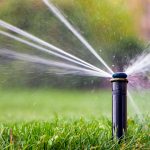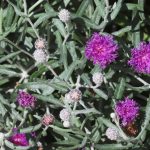Thinking about faking it? Synthetic turf is not the solution for most San Antonio yards, but in limited areas that are highly shaded, it is a good alternative to grass.
For those fed up with mowing, fertilizing, pesticide applications and constant watering, there was once only one option — groundcovers or mulch. But now there’s a new possibility: synthetic turf.
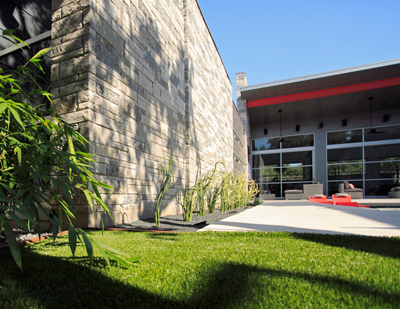
Modern synthetic turf is nothing like the old-school AstroTurf. New faux grass products are almost lifelike in appearance and texture. And they require almost no water. Almost.
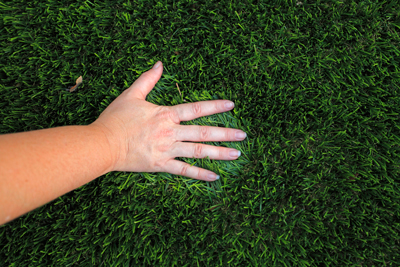
Cleaning with a hose semi-annually — and whenever Fluffy and Fido do their business — is necessary and there’s no need for fertilizers or pesticides. Also, these new products have nearly 100 percent permeability. All that said, synthetic turf is best for areas that are so shady neither St. Augustine grass nor ivy will grow.
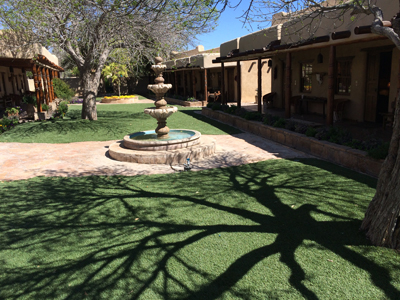
Now the downside to synthetic turf: it’s a sterile, non-degradable, non-renewable, oil-based, lifeless product. It can also be enormously costly to purchase and install. Of course, synthetic turf is not intended to cover an entire backyard. Less is more. A spot of green is all that’s needed for most modern homes.
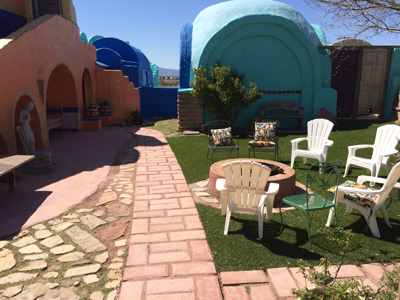
If you are considering a synthetic turf, look for these factors:
- UV-resistant polyethylene pile fiber.
- Pile height between 1 inch and 1-¾ inches.
- Water porosity close to 100 percent.
- Weed barrier integrated within the system.
- Infill that is natural, i.e., no rubber.
- An installer who has experience.
Most importantly, make sure you hire an experienced installer.
Synthetic turf is not the solution for most San Antonio yards, but in small areas with dense shade or thin soils, it can be a decent alternative to grass.



